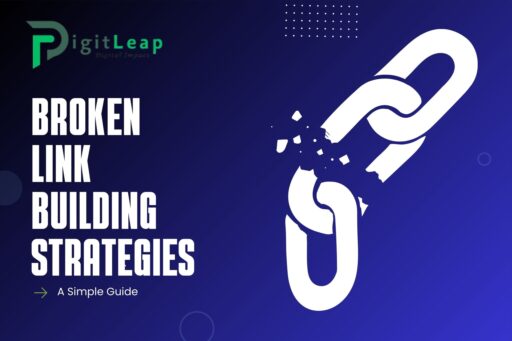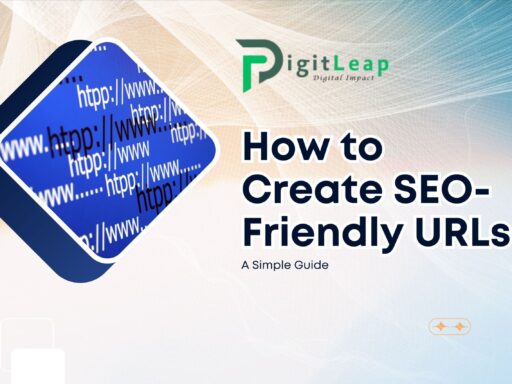Broken Link Building Strategies: A Simple Guide
Introduction
Broken link building is a clever SEO strategy that involves finding broken links on websites and offering your content as a replacement. This approach not only helps you gain valuable backlinks but also assists website owners in fixing their broken links. Let’s dive into how you can leverage broken link building to enhance your site’s SEO performance.
Understanding Broken Link Building
How Broken Link Building Works
Broken link building involves three main steps:
- Find Broken Links: Identify broken or dead links on other websites.
- Create or Find Relevant Content: Develop or locate content that can serve as a replacement for the broken links.
- Reach Out: Contact the website owner or webmaster to suggest replacing the broken link with your content.
The Benefits of Broken Link Building
This strategy offers several benefits:
- Gain Quality Backlinks: Earn high-quality backlinks from reputable sites.
- Improve Your SEO: Enhance your site’s authority and search engine rankings.
- Help Website Owners: Assist in improving their user experience by fixing broken links.
Finding Broken Links
Tools for Finding Broken Links
Several tools can help you identify broken links:
- Check My Links: A browser extension that scans web pages for broken links.
- Broken Link Checker: A tool that checks your site and others for dead links.
- Ahrefs: Offers a comprehensive backlink analysis and broken link reports.
How to Identify Broken Links on Your Site
Regularly check your own website for broken links using tools like Google Search Console or a site audit tool. Fixing these issues helps improve user experience and maintain your site’s SEO health.
Finding Broken Links on Other Sites
To find broken links on other sites:
- Use SEO Tools: Tools like Ahrefs or Screaming Frog can crawl websites and identify broken links.
- Check Competitors: Look at competitor sites to find broken links that you can replace with your content.
Creating Quality Content
Why Content Quality Matters
Creating high-quality, relevant content is crucial because it increases the likelihood of other websites linking to it. Content should be valuable, informative, and well-crafted to attract backlinks.
How to Create Content That Attracts Links
Focus on:
- In-Depth Guides: Comprehensive articles or guides on relevant topics.
- Original Research: Unique studies or data that provide new insights.
- Helpful Resources: Tools, templates, or lists that offer real value.
Reaching Out for Link Replacement
Crafting an Effective Outreach Email
When reaching out, your email should be:
- Personalized: Address the recipient by name and mention their site specifically.
- Brief and Clear: Clearly state that you found a broken link and offer your content as a replacement.
- Polite and Professional: Maintain a courteous tone and provide context on why your content is a good fit.
How to Pitch Your Content
Explain how your content is relevant to their site and how it can enhance their user experience. Provide a direct link to your content and be ready to answer any questions they might have.
Building Relationships with Webmasters
The Importance of Networking
Building relationships with webmasters can lead to more opportunities for backlinks and collaborations. Engage with them on social media, comment on their blogs, and offer valuable insights.
How to Build Strong Relationships
- Be Genuine: Show genuine interest in their work.
- Offer Value: Provide useful feedback or resources.
- Stay in Touch: Maintain communication even when you’re not actively seeking a link.
Tracking Your Progress
Monitoring Backlinks
Use tools like Google Search Console or Ahrefs to track the backlinks you gain from broken link building. This helps you measure the effectiveness of your strategy.
Evaluating the Success of Your Campaign
Assess the impact of your broken link building efforts by monitoring changes in your site’s traffic, search rankings, and overall authority.
Common Mistakes to Avoid
Avoiding Common Pitfalls
- Ignoring Relevance: Ensure that your content is relevant to the broken link’s context.
- Being Spammy: Avoid sending generic, mass emails. Personalize your outreach.
- Neglecting Quality: Only offer high-quality content as replacements for broken links.
Ensuring Your Links Are Relevant
Double-check that the links you’re replacing with your content are relevant to the topic of your site. Irrelevant links can harm your SEO rather than help it.
Conclusion
Broken link building is a powerful technique for improving your SEO and helping other websites enhance their user experience. By following the strategies outlined in this guide, you can effectively find and replace broken links, build valuable backlinks, and boost your site’s authority.
FAQs
Q.1 What is broken link building?
Broken link building is a strategy that involves finding broken links on other websites and offering your content as a replacement to earn backlinks.
Q.2 How can I find broken links on my site?
Use tools like Google Search Console or site audit tools to identify and fix broken links on your site.
Q.3 What tools are best for finding broken links?
Effective tools for finding broken links include Check My Links, Broken Link Checker, and Ahrefs.
Q.4 How do I create content that attracts backlinks?
Focus on producing high-quality, relevant content such as in-depth guides, original research, and helpful resources.
Q.5 What should I include in my outreach email?
Your outreach email should be personalized, brief, clear, and professional, with a direct link to your content and an explanation of its relevance.






